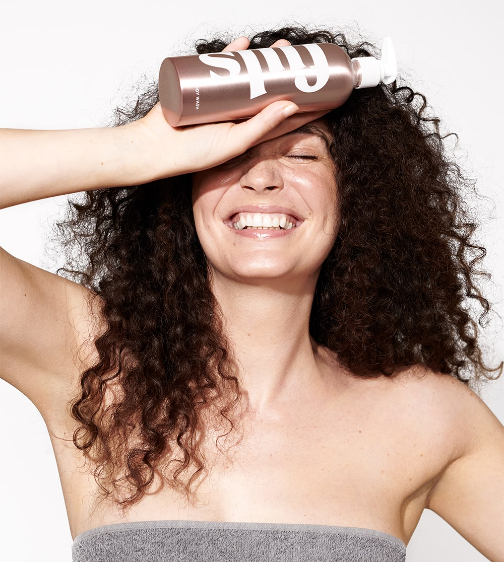Goodbye,
Sad news, our dear community:
Fills has now closed its doors.
Taking care of the planet is a responsibility that we all share, and it’s been heartening to see so many customers supporting us in our mission to do so.
By making small changes in our daily lives, such as reducing our plastic usage and choosing to shop for brands that prioritise refill and reuse where possible, we can contribute towards a healthier and happier planet for ourselves and future generations.
It’s been a blast joining you on your eco-friendly crusade!
Keep up the amazing green work, and all the best on your sustainable journey!




